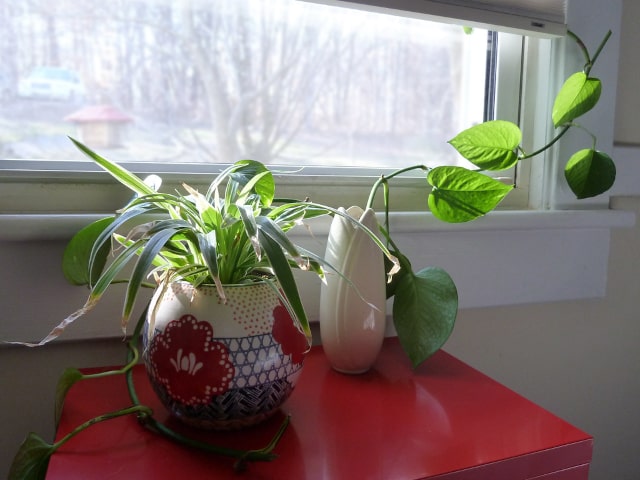
It's important to understand that just because you choose to keep your plants indoors or to take them inside during winter, it doesn't mean you shouldn't protect them against cold. Winter and cold temperatures affect indoor plants, too. For these reasons, it's important to prepare your indoor plants for winter. They need special care during these months.
Indoor plants always need specific care. You need to give them appropriate light conditions, the right amount of watering and fertilizer, etc. This is no different for winter months. However, the type of care and conditions you need to provide to your plants during winter are generally different than those during other seasons. Winter care is specific, and you need to know all about it well before the cold. For this reason, it's best to keep yourself informed about winter care so you'll know what to do during winter months.
Taking Your Plants Indoors
The first thing you need to keep in mind is that cold weather will probably make you relocate your plants. If you keep plants in containers on your balcony or patio, it's important to bring them inside unless you know for sure these are species that can tolerate cold weather.
Chances are that you will need to bring all or most of your plants inside, so it's important to do it before the cold. Never allow your plants to freeze or suffer damage made by low temperatures. Bring them inside while the weather is still relatively warm so they won't suffer a shock during winter.
Remember, all plants can handle some changes, depending on their resistance levels. However, all plants have their individual requirements you need to fulfill. For these reasons, it's important to provide your indoor plants with adequate light intensity, watering, temperature and general room environment suitable for plant growth.
Adequate Lighting
Providing enough lighting for your indoor plants during winter is something you should care about. Indoor plants can never get as much light as the plants outdoors. This is particularly problematic during winter, when days are short and cloudy. It's possible that your plants won't be able to get enough light even if you position them near a window.
For these reasons, consider additional lights for your plants. Two good options are incandescent lighting and fluorescent grow lights. These will help your plants thrive even during winter.
Generally speaking, flowering plants need stronger lights while foliage plants can tolerate even low light conditions. This is one of the main things to consider when choosing the best location for your indoor plants during winter.
You will know that your plants need more light if they start stretching toward their light source. If you notice this, make sure to move them somewhere with more light or a better lighting conditions. Alternatively, you may consider additional light to help your plant cope with winter months.
Heat Sources and Temperature
It's true that one of the main reasons for bringing your plants indoors is to protect them against cold. However, it's also important to remember that too much heat or sudden temperature changes are not good for your plants either.
Certain plants can't tolerate too much heat. It's important to keep this in mind so you can avoid placing these plants near direct sources of heat. Some plants are more tolerant than the others, so it's important to know what kind of temperature conditions plants you have require.
For example, plants such as Aglaonema Silver Queen (Chinese evergreen) are very sensitive to temperature changes. Even a slight change in temperature, especially if it's a sudden one, can harm them. For example, if you open the doors or windows, it can damage the plant. Same goes for placing this plant near furnace ducts or wood stoves. The damage may not be apparent straight away but it's something you need to be careful about.
Alternatively, it's always good to choose houseplants which can handle cooler temperatures or temperature changes without a problem.
Make sure that the heat source doesn't damage your plants. Heating can make your plants' soil dry out quicker. If you notice this happening, you need to adjust watering. Remember, you should never overwater your plants, especially during winter. However, if you notice that the soil is constantly dry, adding a bit more water might be very helpful.
Cleaning Your Plants
It's very important to clean your plants, especially in winter. All indoor plants tent do accumulate dust on their leaves during time. This is particularly dangerous during winter, because the dust can diffuse and block light. It means the plant will receive even less light than what you may think.
For this reason, it's important to clean your plant, especially its leaves. Do it gently: never scrub the leaves. Use a soft sponge dampened with warm (but not hot) water. Carefully wipe the leaves until all the dust is removed.
Make sure to wipe the undersides of the leaves! Sometimes, people forget about this, but it's important to clean these places, too. The underside of the leaves are favorite hideouts for pests such as mealy bugs.
Speaking of leaves, please remember that most plants have a natural luster to their leaves. Therefore, using leaf polish is not recommended. It can block your plants' pores so it can prevent your houseplants from breathing.
Checking for Pests
Your indoor plants can get pests so you should check them regularly. Look under the leaves and in the soil area to see if there are any pests you should get rid of. Common pests are mites and aphids, but luckily you can easily get rid of them.
Remember: you can always use gentle (non-aggressive), natural products to get rid of pests. It's often not necessary to buy commercial insecticides. If you detects aphids or mites, add a bit of soap to the water and clean the leaves. Make sure that you don't use too much soap or it will damage your plant.
What about Fertilization?
Fertilizing indoor plants is often not recommended, though it's not forbidden. If you choose to fertilize them, make sure to use a small amount of fertilizer. It's important to cut back a bit on fertilizing regiment during winter. Remember, plants' growth rate is slow during winter, especially if you keep them indoors. For this reason, adding too much fertilizer is not helpful.
Photo credit: Joe van petten
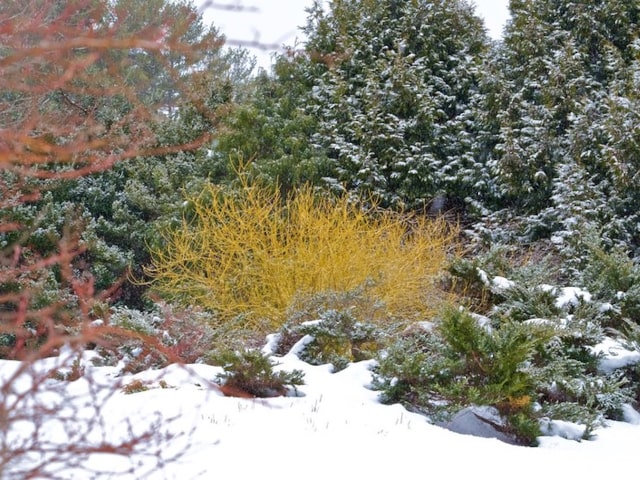
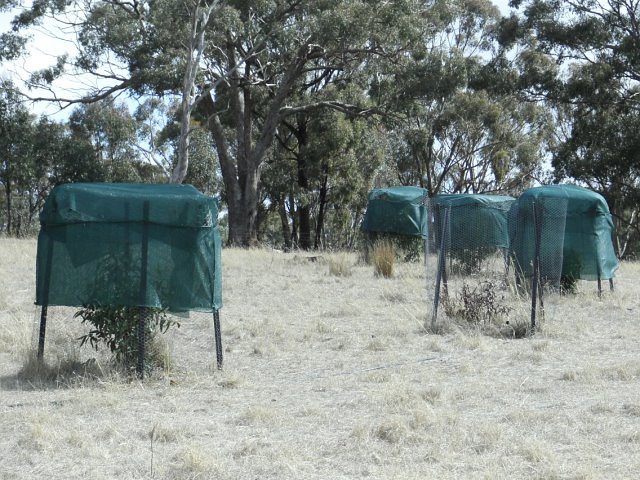
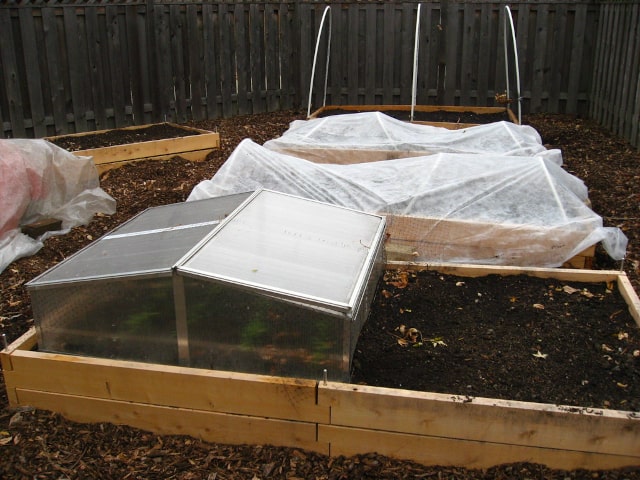
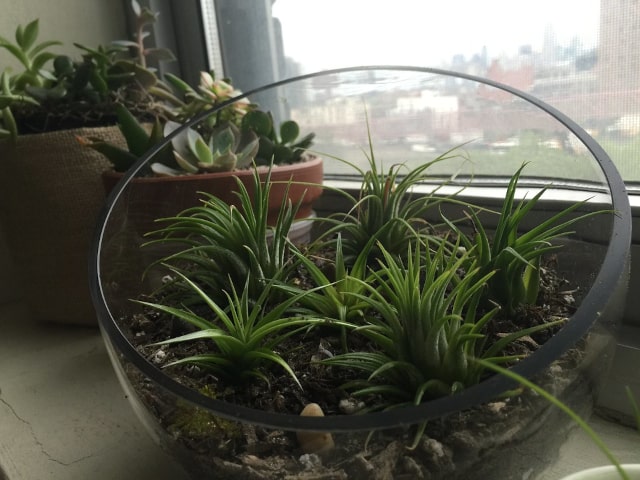
0 Comments